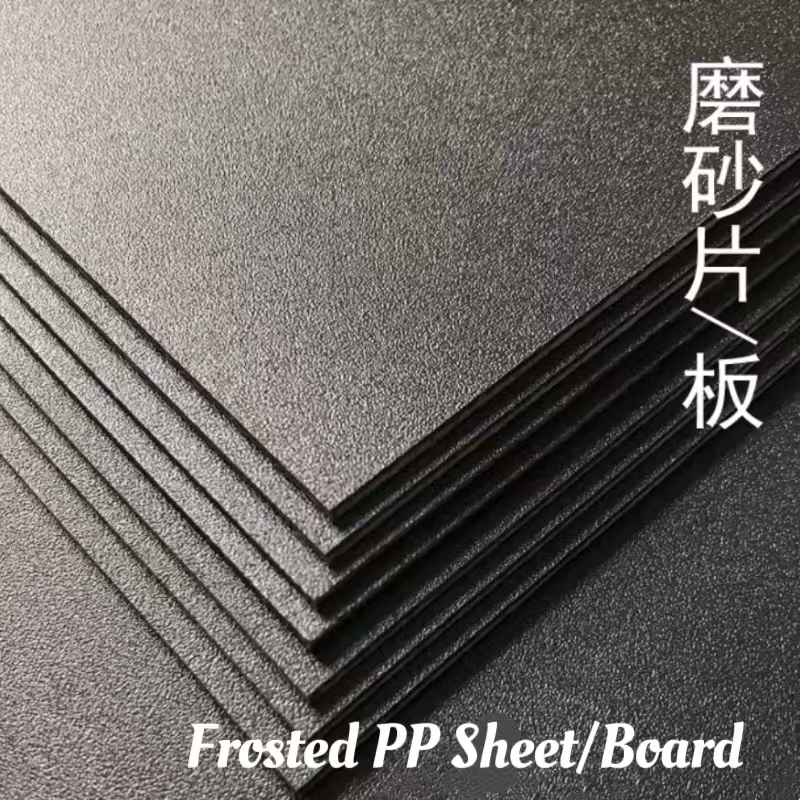Why High-Voltage NEVs Require Advanced PP Insulation Boards and Films
The rapid development of new energy vehicles (NEVs) toward high-voltage systems—commonly 800V and above—brings forward new expectations for insulation materials. In this context, PP insulation boards and PP insulation films are facing elevated technical demands.
1. Evolving Role of PP Insulation Boards in NEV Batteries
Today, PP insulation boards are essential in high-voltage battery systems, providing robust electrical insulation. They must now withstand higher voltages and temperatures without compromising mechanical strength or safety. Their applications extend to battery separators, junction boxes, and high-voltage component casings.
2. PP Insulation Films for Space-Saving Designs
As NEV manufacturers aim for compact battery packs, PP insulation films help achieve space-efficient insulation. These films, placed between high-voltage layers, must provide superior dielectric properties and flame retardancy in thinner formats.
3. Enhanced Material Properties Required
High Dielectric Strength: PP insulation boards are now designed to tolerate extreme voltage stress.
Flame Retardancy: PP insulation materials must meet stringent automotive fire safety norms (UL 94 V-0).
Dimensional Stability: Insulation must maintain form under heat and pressure within battery systems.
4. Industry Certifications and Standards
Compliance with ISO 6722, UL 94, and IEC 60695 is mandatory for both PP insulation films and boards in NEV components, ensuring global market acceptance.
5. Eco-Friendly and Recyclable Options
To align with green manufacturing goals, new PP insulation boards incorporate recycled content without compromising performance. Innovations include lightweight films with improved heat resistance.
Conclusion
With the push toward high-voltage NEVs, both PP insulation boards and PP insulation films must evolve to meet emerging technical, safety, and environmental requirements. They are now fundamental to the next generation of electric mobility.
READ MORE:
- The Future of PP Insulation Boards and Films in High-Voltage Electric Vehicles
- Ensuring High-Voltage Safety in EVs: The Role of PP Insulation Boards and Films
- Meeting High-Voltage Demands: Innovations in PP Insulation Boards and Films for NEVs
- New Demands on PP Insulation Materials as New Energy Vehicles Move Toward High Voltage
Telephone: 008613530419893
E-mail:marie@selfadhesivefilm.com
ADDRESS (Shenzhen):903-286, Building A2, Guangming Technology Park, China Merchants Group, Guanguang Road, Fenghuang Community, Fenghuang Street, Guangming District, Shenzhen, Guangdong.
ADDRESS (Dongguan): 3rd Building No.45 Yinhu Road Shishuikou Community,Qiaotou Town, Dongguan, Guangdong.





